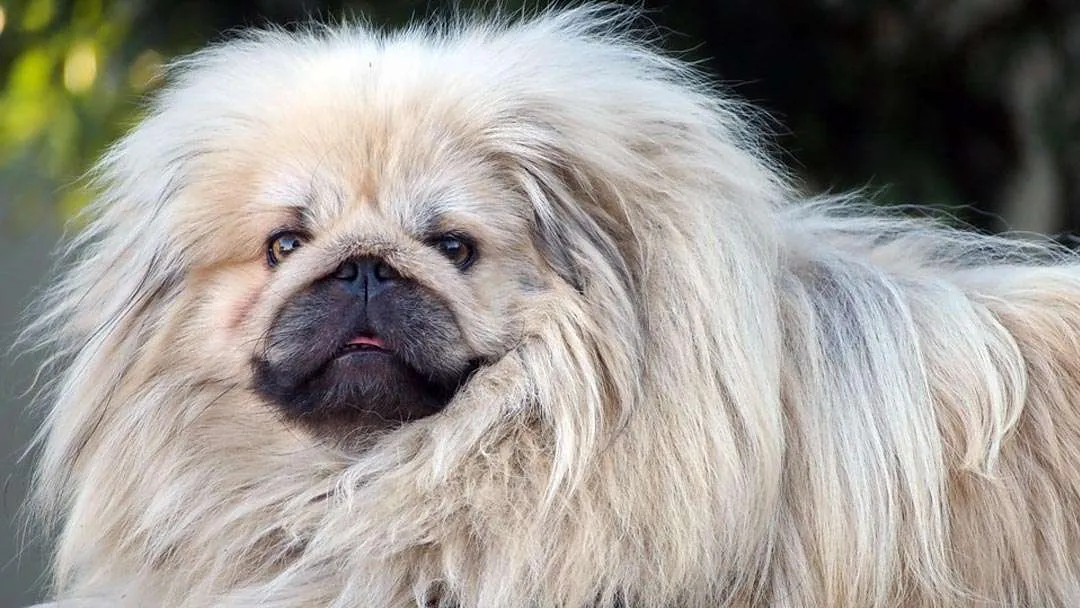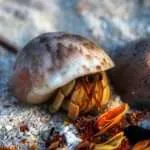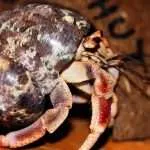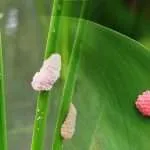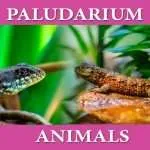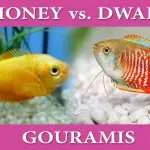Caring for your Pekingese is pivotal to their health and longevity. To achieve this, very close attention has to be given to their nutritional needs.
Pekingese Nutritional Needs:
The Pekingese and dogs are carnivores: they feed on meat like humans; they feed on both meat and vegetables.
I am trying to point out that your Pekingese will do well with the mixture of nutrition from both animal and plant sources.
Although most dogs would prefer a total meat-based food, a nutritional plan that comprises meats, fruits, and other plant-based diets will be perfect for your Pekingese.
A word of Caution: Giving appropriate amounts of Food.
Because of the Pekingese’s tiny bodies, they usually run into two major feeding problems: They are either underfed or overfed.
Feeding your Pekingese
Underfeeding happens when you fail to give an appropriate portion of the meal to your dog, mainly because of under-measuring or gauging of their nutritional needs due to their small sizes.
In the same vein, the Pekingese, being small dogs, have the potential to be overfed.
They are small dogs with small stomachs with the tendency for you as the owner to constantly pass them some snacks you are eating or the leftover from your deserts.
This leaves them with no room to consume a properly balanced diet as their tiny stomach is already always filled with junk (the bit and bits you are always passing to them instead of their food)
The last thing you want to happen to your Pekingese is to overfeed them regularly; this is a recipe for obesity.
Careful attention should be given to your Pekingese’s weight.
According to the American Kennel Club, the weight of a standard-sized Pekingese should not be more than 14 pounds, while that of the tiny sleeve Pekingese should not be more than 7 pounds.
What and How Often Should I feed my Pekingese?
Let’s examine the nutritional needs of your dog a little further.
A protein-rich food is the first on your Pekingese’s list of nutritional needs.
Making sure they have enough protein food daily is essential to caring for your Pekingese and ensuring they have a quality life.
Your dog also requires fruits and vegetables in its diet, and nothing stops them from eating the same veggies consumed by humans.
As puppies, your Pekingese must be fed at least three times daily.
This is necessary because they require a good amount of diet to grow, and since they have a small stomach, they would need to be fed more than twice to ensure they get enough daily nutrition needed for their growth.
Choosing the Right Diet for your Pekingese
Like every other animal, your Pekingese grows very rapidly as puppies, requiring a good amount of food to support their growth.
However, you should decrease their feeding frequency to twice daily when they are six months old to avoid overfeeding, which could lead to obesity.
There are many manufacturers of high protein-rich food for your Pekingese.
Nestlé Purina PetCare, Big Heart Pet Brands, WellPet, Hill’s Pet Nutrition, Diamond Pet Foods, Bakers, and others are the most popular brands.
I have selected a good list of dog food suitable for Pekingese on Amazon. Click here to make your choice.
You may have to try more than one brand of dog food to arrive at the right one for your Pekingese.
Once you find the food your dog enjoys, you should stick to it.
Pekingese Grooming:
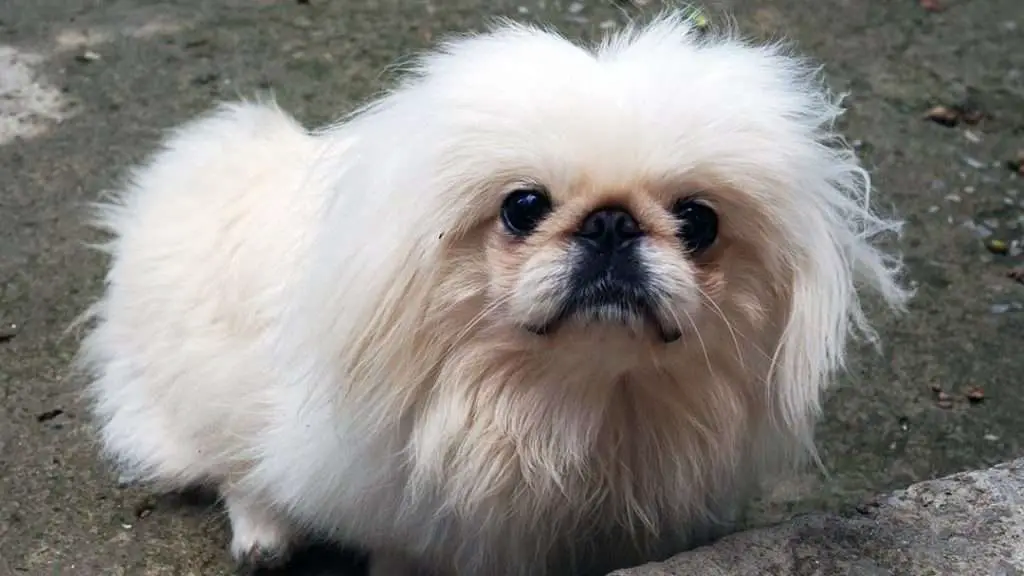
Pekingese require regular brushing to keep their long coat and mane from tangling and matting.
The two layers of coats, the long outer coat, and soft undercoat, require at least a twice-weekly grooming session to keep the majestic lion-like coat and mane healthy.
You will require a slicker and a natural bristle brush to keep the coats free of mats and knots.
In caring for your Pekingese, apart from the general body hygiene, there are specific parts of her body that you need to pay closer attention to:
Hair Hygiene:
Pekingese are notorious for an exceptional rate of hair burgeoning. You should pay attention to the hair around their anus and the tip of their penis.
The hair around these areas usually collects waste or fecal matter. You should make it a habit always to keep the hair around these awkward areas clean.
Face Hygiene:
You must clean the face of your Pekingese regularly, at least twice daily.
At the top of their nose are wrinkles that always have moisture. Cleaning and applying some pinch of corn starch would keep the area dry.
The accumulation of moisture may cause a foul odor and the possibility of an infection.
While you are at it, keep a watch on your Pekingese’s eyes for any possible discharge. A swab of moistened cotton wool is handy for cleaning the dog’s eyes.
Feet Hygiene:
One main attraction of your Pekingese is the long coat.
However, when the hair grows, they get under the dog’s feet and make it difficult for your Pekingese feet to grip the floor well.
Cutting the hair under your Peke’s feet will prevent her from slipping on a smooth floor.
More on Brushing Your Pekingese Coats:
Don’t forget that your Pekingese has two layers of coat; the upper coat, which is weather-resistant, and the undercoat, which keeps your dog warm all year round.
Most Pekingese owners make the mistake of brushing only the upper coat leaving out the undercoat, which leads to an unfortunate situation where the undercoat becomes the mat.
Gently brushing the hair in layers will ensure that the outer and the undercoat are properly brushed down to the skin.
Your Pekingese cost tends to mat, particularly at the back of the ear and under the elbow.
Matting happens mainly during the shedding season or when your dog is dirty or oily.
A word of warning:
Don’t wash your dog when the coat has mats; this makes it worse – the coats get more tightly glued together.
The best way to split a stubbornly twisted matt is to use a brush with hard metal teeth. Here is a good one found on Amazon.
You need three essential items for keeping your Pekingese coat in healthy shape: A comb, Brush, and Spitzer bottle.
These items are must-haves.
You need the spitzer bottle to spray water during brushing or apply pesticides on your pet, should there be flea infestation.
Pekingese Shedding:
The Pekingese breed generally sheds once every year.
However, if your Peke is female, the shedding follows the heat period – immediately after the estrus cycle.
During this period, your dog will have lots of matting and hair shedding all over the place. You should maintain daily brushing.
Should there be too much matting or your Peke is infested with fleas, it is better to shave off the coats.
Bathing Your Pekingese:
Although regular grooming makes it unnecessary to bathe your peke frequently, bathing your dog once every three months is recommended.
As I earlier said, when your dog’s hair is oily and dirty, the coat will tangle, and to prevent your dog from carrying around a lousy odor, you should give her a perfect bath.
A word of caution: Don’t bathe your dog with matted hair; this will make the matting worse secondly, don’t bathe your Pekingese when she is shedding; just maintain daily brushing exercise.
You should brush out every loosed hair and ensure you de-matt your dog before bathing her.
Whenever you are bathing your Pekingese, make sure you use dog shampoo.
Some dog owners bathe their pets with dog shampoo made for humans. This is a no-no for your Pekingese.
Human skin has a pH of 5.5, while dog skin has a pH of 7.5 (By the way, pH is the measure of acidity or basicity of a solution at room temperature) Water, at room temperature, has a pH of 7 – neutral.
Using the shampoo formulated for humans will cause skin irritation on your dog.
Most shampoo formulated for dogs also has other therapeutic functions on your Pekingese.
Some pet shampoos are formulated to kill fleas and cure and prevent scaling and dandruff from your Pekingese.
Common Pekingese Illness and Symptoms.
Pekingese are great dogs and, if given adequate care, can be with you for a very long time.
However, there are certain health conditions or symptoms you must be familiar with when it comes to this dog and what you must do when you notice them.
Let us go through some common illnesses peculiar to Pekingese.
Diarrhea:
Although all Dogs get diarrhea, this can be a significant problem in Pekingese. Diarrhea could result from an infection or a change in the water of food you are giving your dog.
Moreover, when your dog is excited or nervous, they are prone to poop. You must also pay close attention to the excreta and see if it is bloody or if your dog is vomiting simultaneously.
This could signify something more serious, and you should contact your vet as soon as possible.
In most cases, diarrhea can be treated when they are not severe by withholding food and water from your Pekingese for up to 24 hours.
Pekingese Vomiting
There are various reasons why your Pekingese could be vomiting. Sometimes it could be because you overfed your dog or allowed him to exercise immediately after feeding him.
When your dog vomits moments after feeding him could be a sign of a blockage in his throat.
While some causes of vomiting may not be fatal, you should take note if:
- The vomit comes with a foul odor. This is usually a sign that something is wrong in your dog’s gut; there could be a blockage.
- If the vomit contains blood
Irregular vomiting, lack of desire for food, and pensive mood could be a sign of severe infection, and you should contact the vet immediately; do not self-care at this stage.
In the meantime, you should deny food and water as vomiting usually results from something your dog ingested.
Pekingese Cough
There are many reasons why your Pekingese may be coughing. However, when they are coughing persistently, you should contact the veterinarian.
While coughs could result from an allergy or inhalation of pathogens, they could also result from more severe infections like pneumonia, tracheal, or airway collapse.
Generally, when your dog is coughing, it could be a sign of Kennel cough, which is common to most dogs, with no notable symptoms but fatal. Getting your dog vaccinated is the best way to prevent this cough.
Cough in Pekingese could also be a result of a defective heart condition. You shouldn’t overlook coughing in your dog; seeing the vet will prevent serious consequences.
Urinary Tract Infection
When your dog has difficulty peeing or the pee looks cloudy or bloody, it may be a sign of bladder, urinary tract, or even prostrate. You should have your dog checked immediately.
Not treating the infection immediately could lead to complications in the kidney.
There is a tendency to reduce water intake when your dog is peeing all over the place; this will further complicate the issue should your dog suffer from a kidney-related infection.
Hormone Related Infection
Dogs usually suffer from hormone-related illnesses. Common in this category is diabetes and hypothyroidism.
Common symptoms of Diabetes in a dog are frequent drinking and frequent urination. Despite regular feeding, your dog will show signs of weight loss.
Another disease in Pekingese that is related to hormones is Cushing syndrome.
These illnesses can be treated if diagnosed on time, so visiting the veterinary doctor and getting the necessary vaccination is very important.
The bottom line is caring for your Pekingese.
If you properly feed your Pekingese with highly nutritious food, provide regular grooming & exercise, paying good attention to its health, your dog will live a happy and long life.

